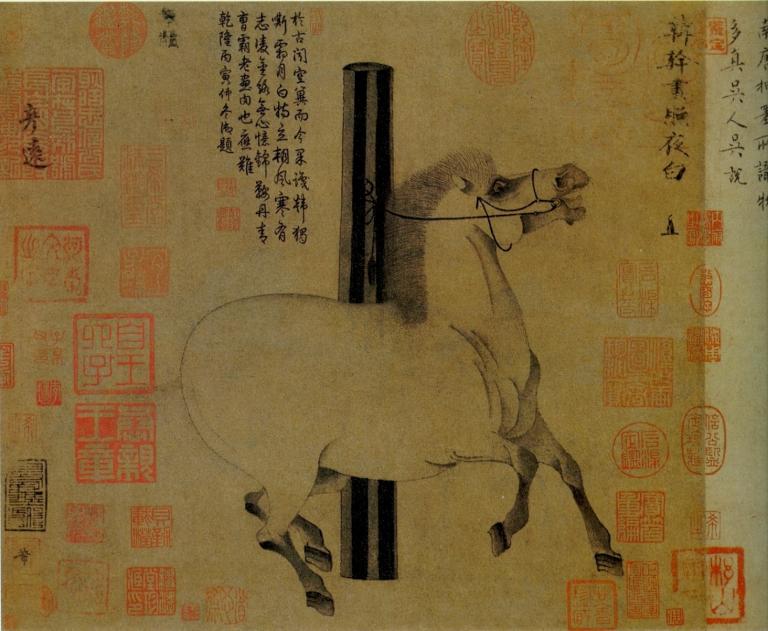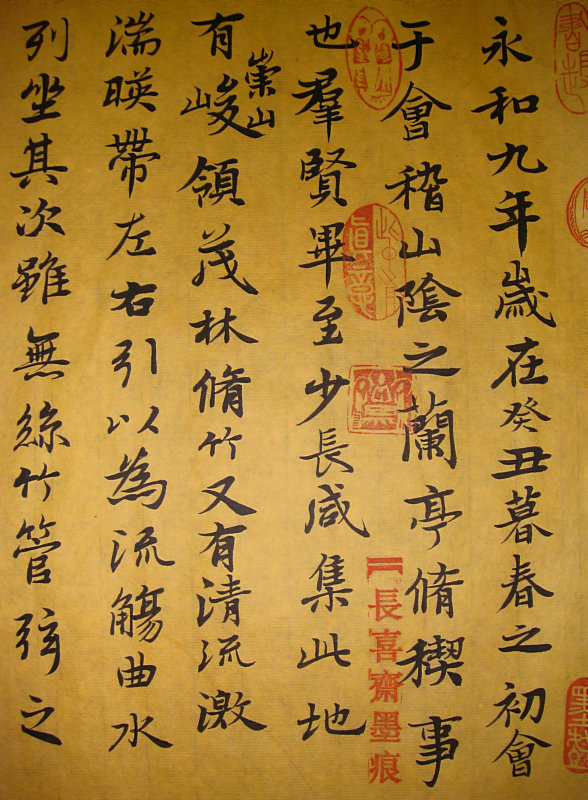Calligraphy of the Sui and Tang Dynasties: Fresh, Profound and Magnificent
2 min readThe Sui dynasty was founded in 581A.D. It unified China and ended the split situation between the north and the south since the Eastern Jin dynasty. During this period, the society flourished in every aspect, including calligraphy. Calligraphy of the Sui dynasty, represented by Zhi Yong, was just a transition. the Tang dynasty, the vigorous and magnificent, resounding and ardent epoch, it politics, economy and culture developed to a level as high as never before.

And calligraphic achievement was great as well. With “Four Masters of Early Tang Dynasty Yan Zhenqing in the Mid-Tang and Liu Gongquan in the late Tang as representatives, calligraphy of the Tang dynasty was really diversified. Regular script gained full development; for cursive script, the “Three Outstanding Calligraphists for Cursive Script” made great achievement; for small seal script, calligrapher Li Yangbing created new style called “jade tendon seal script”; and for semi-cursive script, Yan Zhenqing left Manuscript for the Funeral of Nephew, which was known as “the second semi-cursive script in China”.
The reasons for the great development of calligraphy in this period were not only the flourished economy and comprehensive culture, but also the imperial support. Moreover, the development of Confucianism, Taoism and Buddhism also greatly pme influenced the formation of different calligraphic styles. However, in the late Tang dynasty and the following Five Dynasties, the state power declined and along with it was the slow development of Chinese calligraphy.
Fortunately, there was some hope for a favorable turn and the Yang Ningshi was a representative of the period. Flourishing of calligraphy led to profound research in relevant theories. The calligraphic theory saw new resplendence in the Tang dynasty. Theoretica research in the Sui dynasty just focused on calligraphic rules and practice, whereas in the Tang dynasty, the theoretical system was more complete, with both critical theory and theory of calligraphic rules.
In a word, the Sui and Tang dynasties were the heyday for the art of Chinese calligraphy. During this period Chinese calligraphy of long standing flourished in both calligraphic work and theoretical research.









